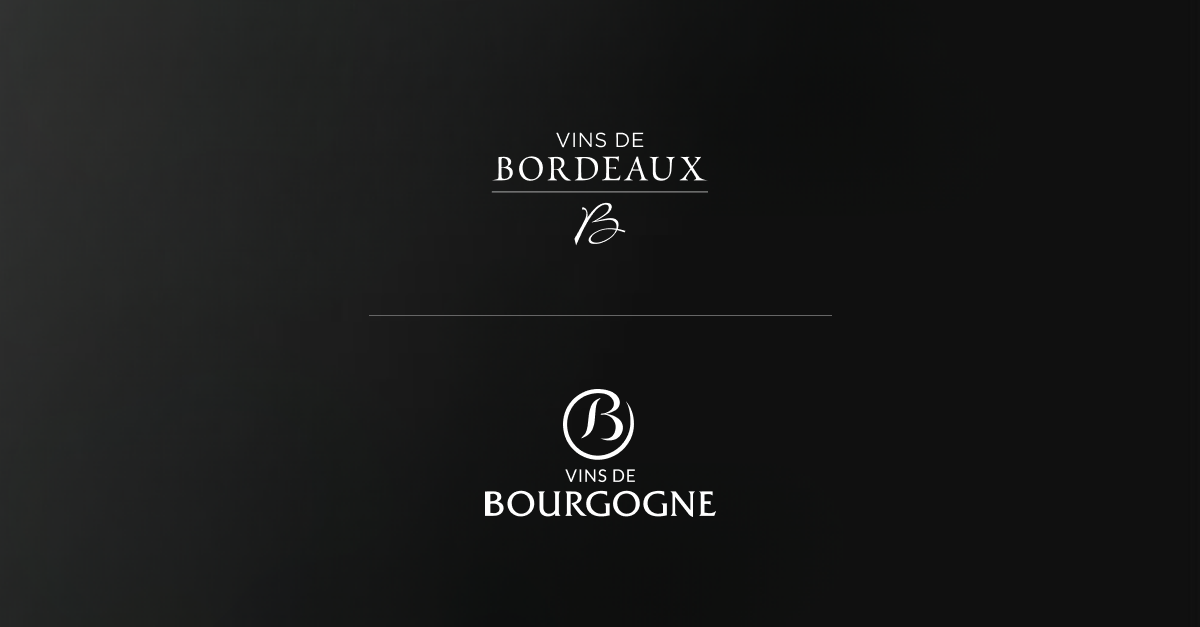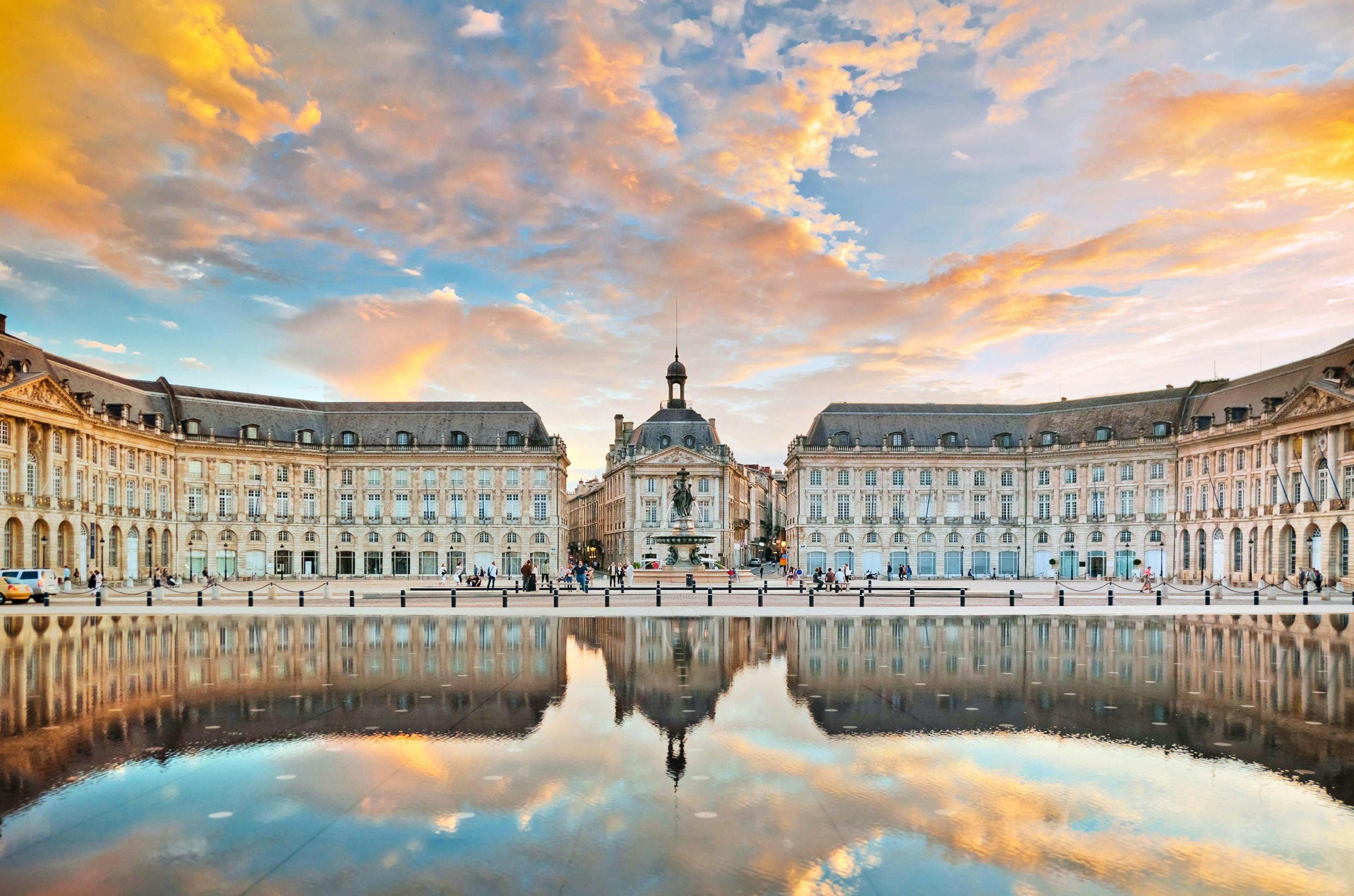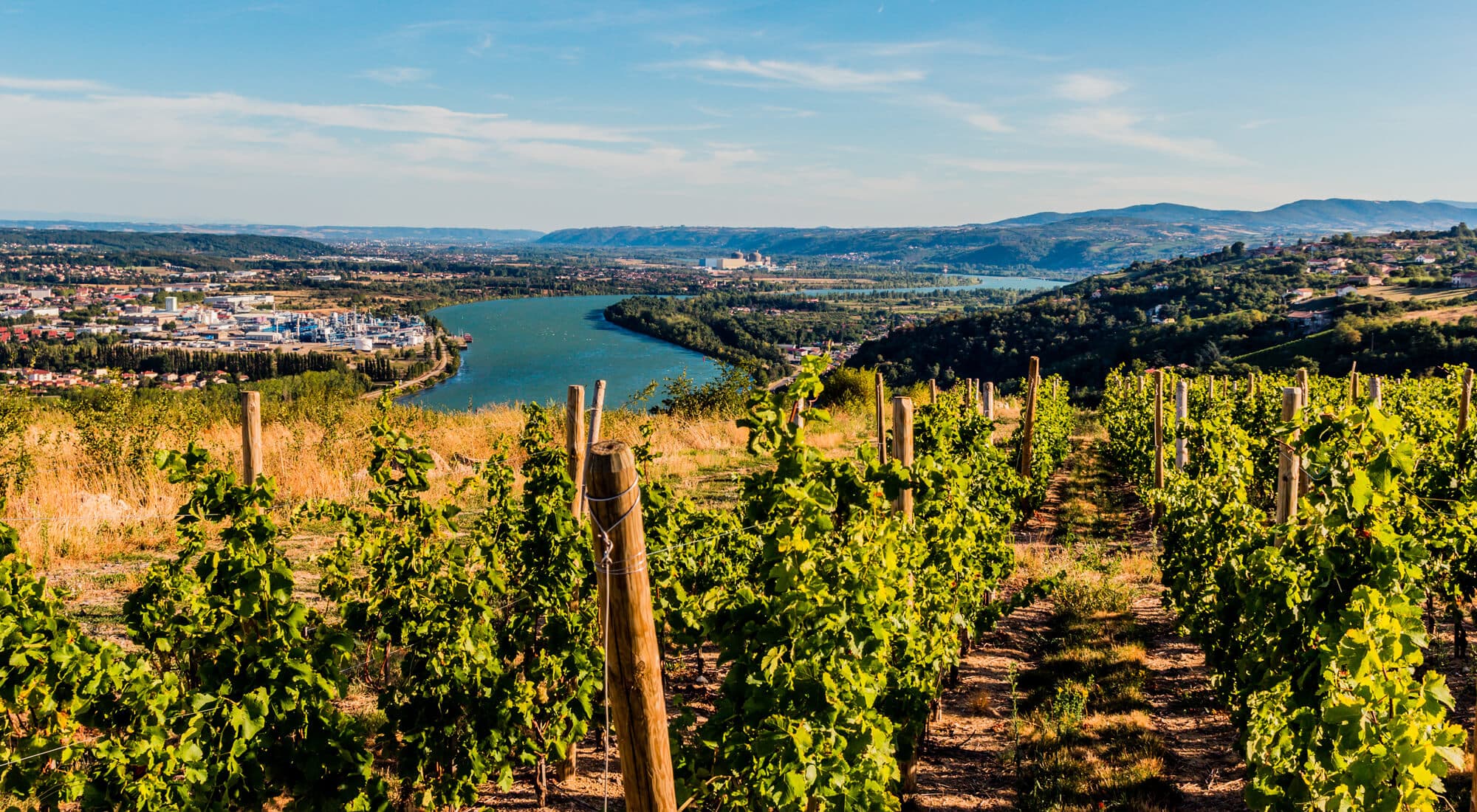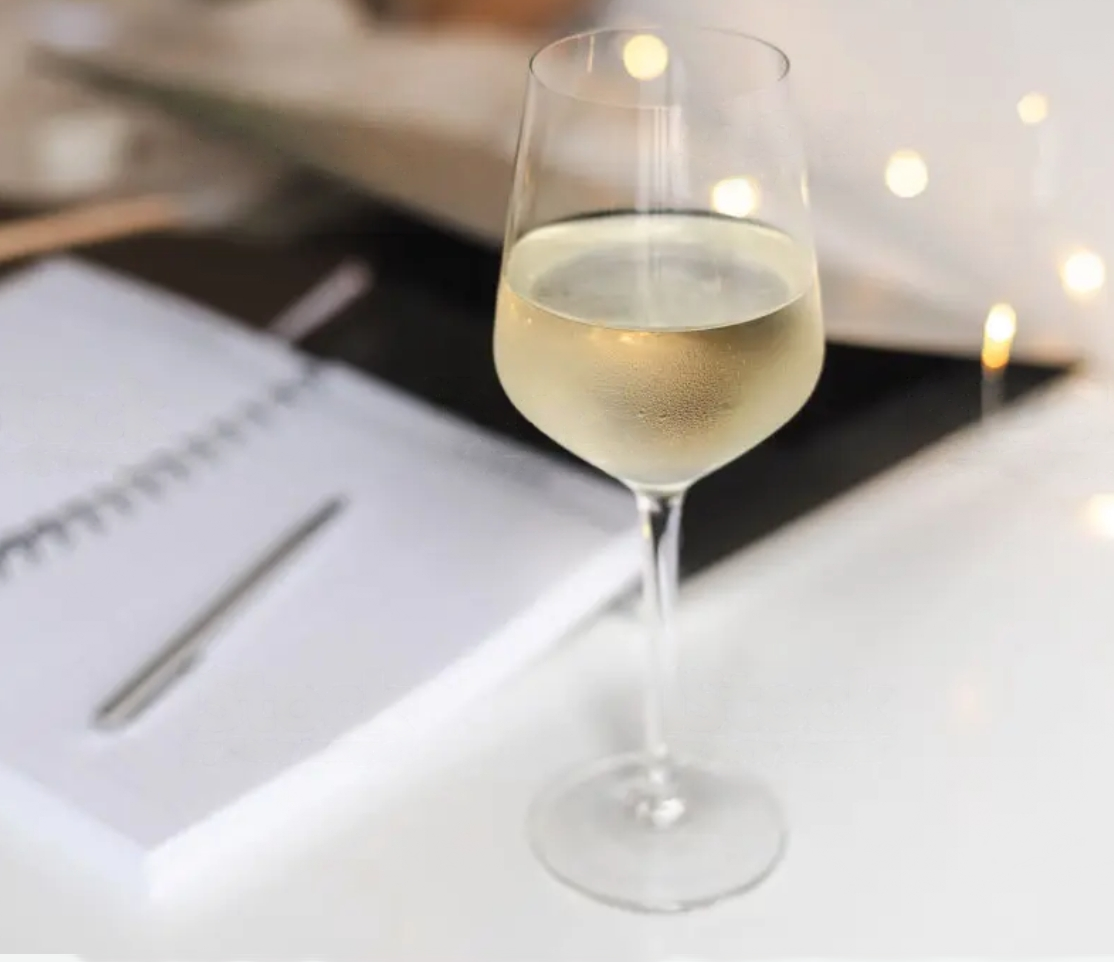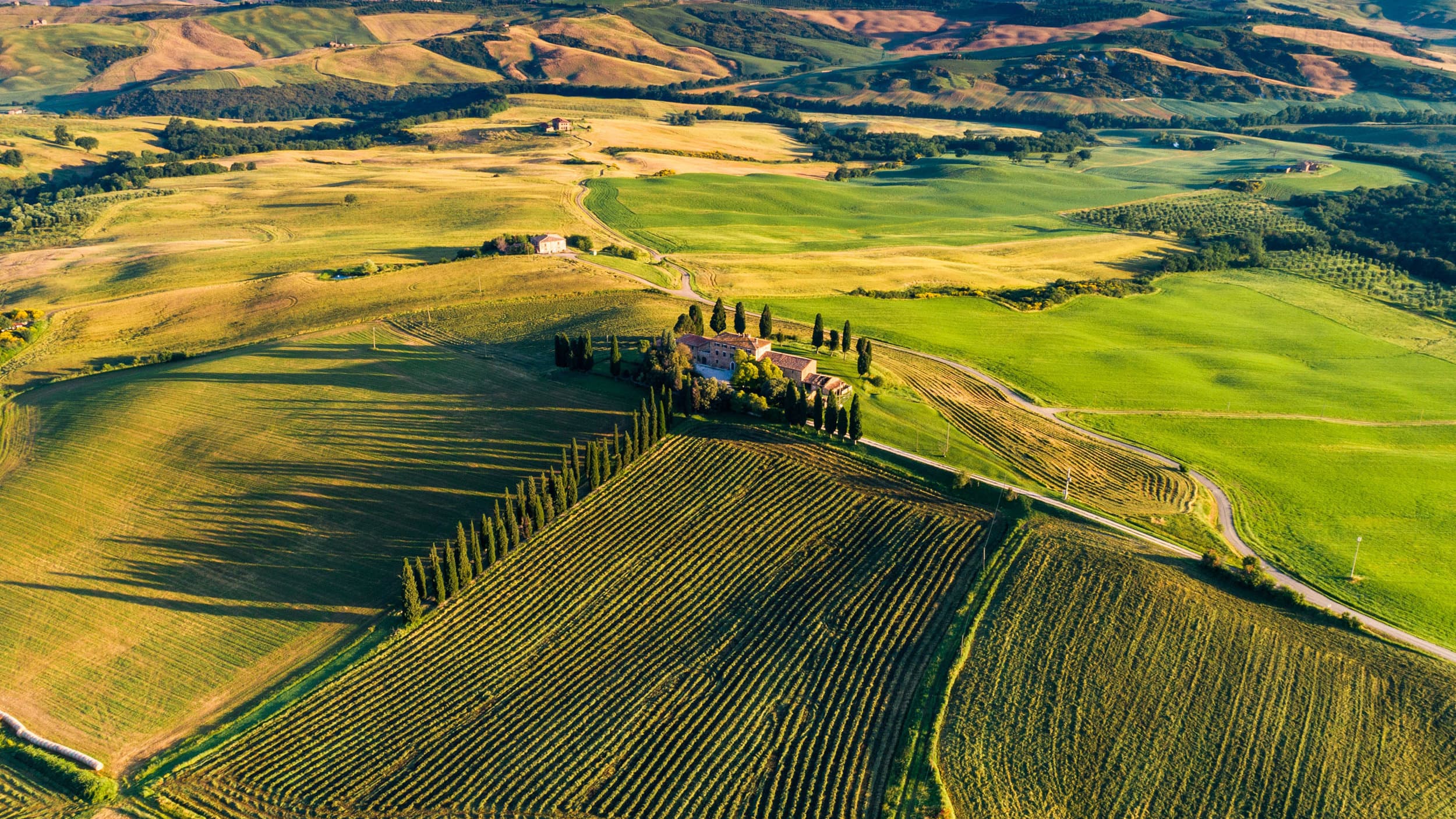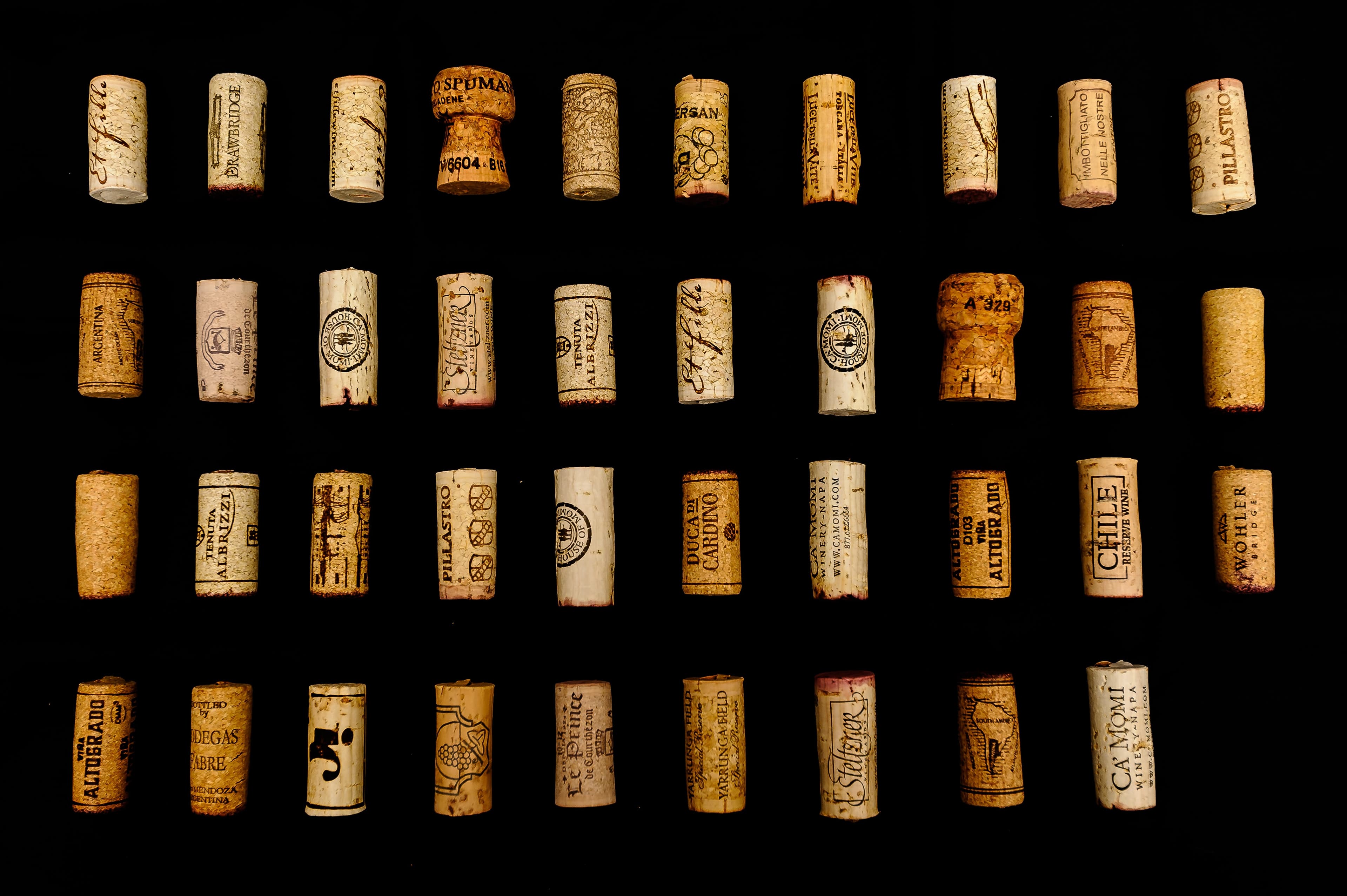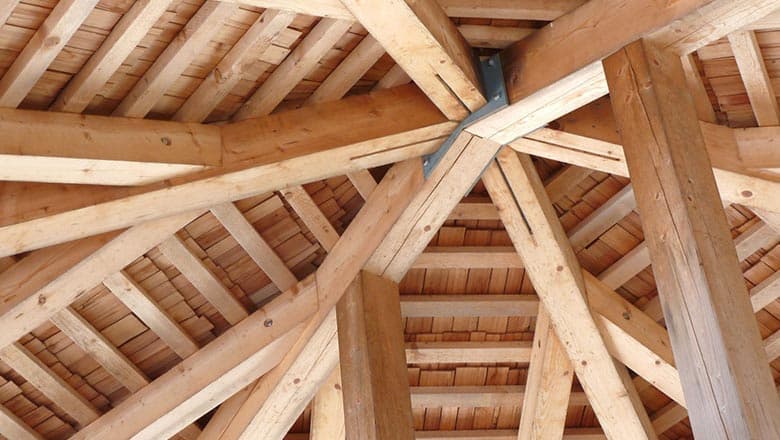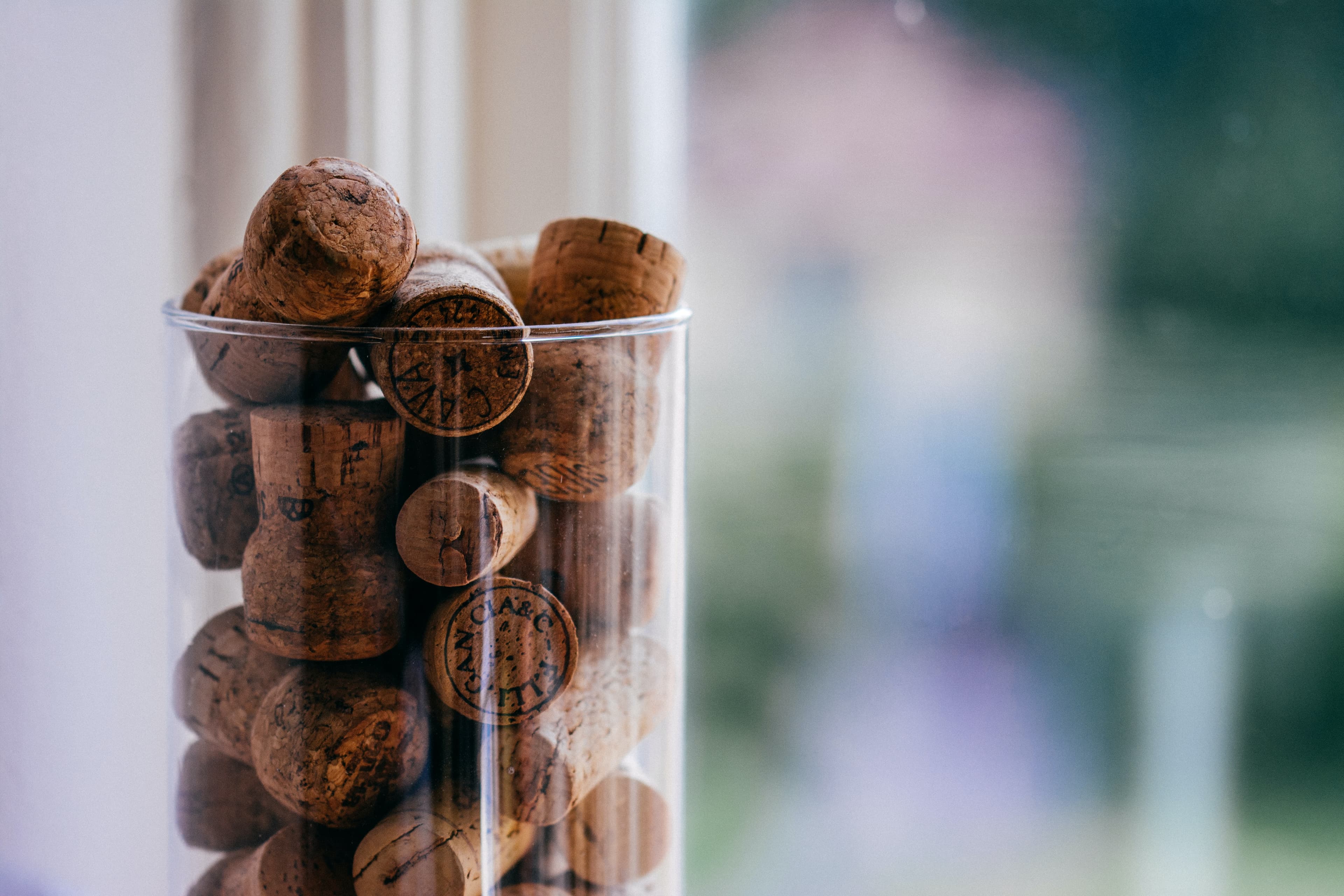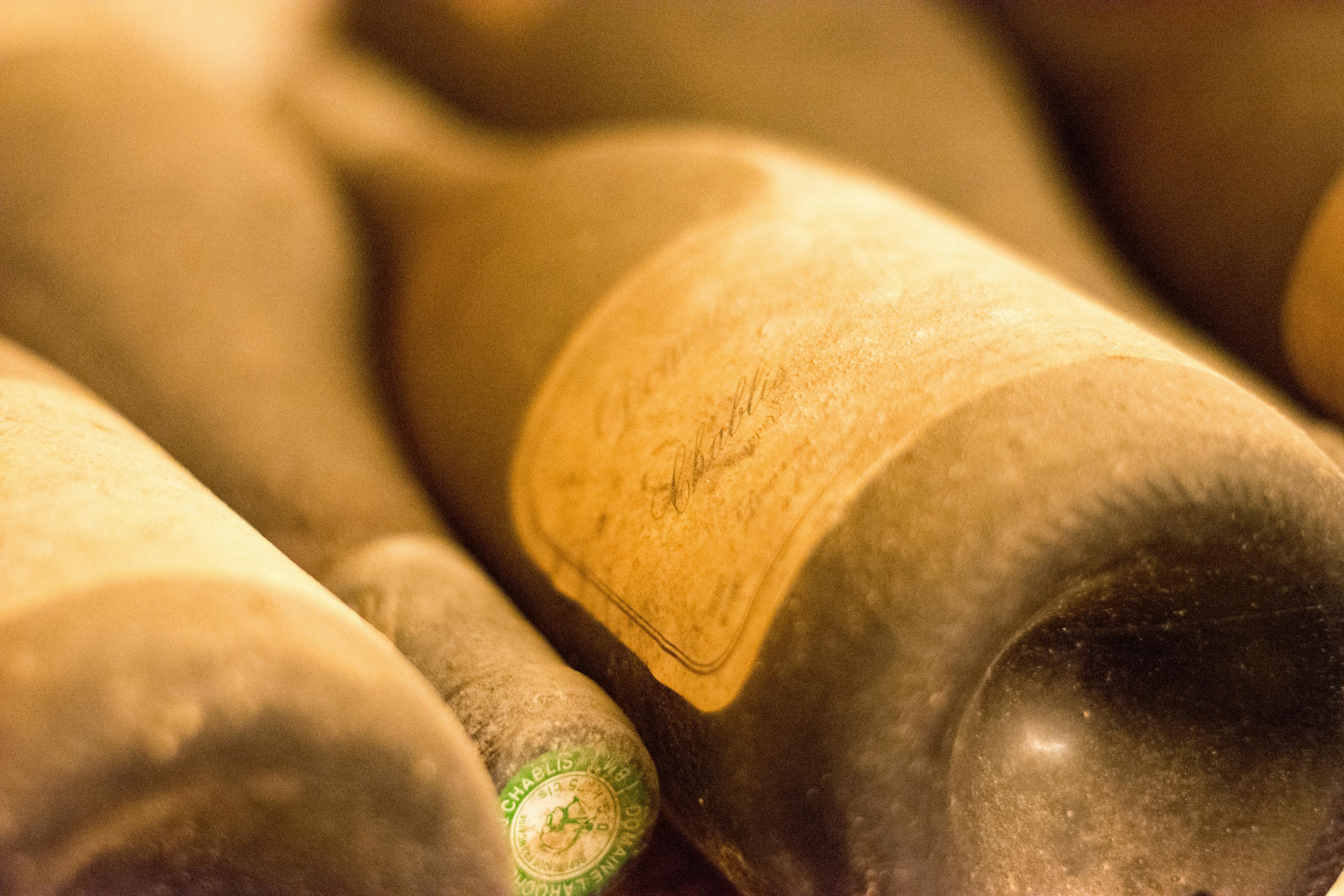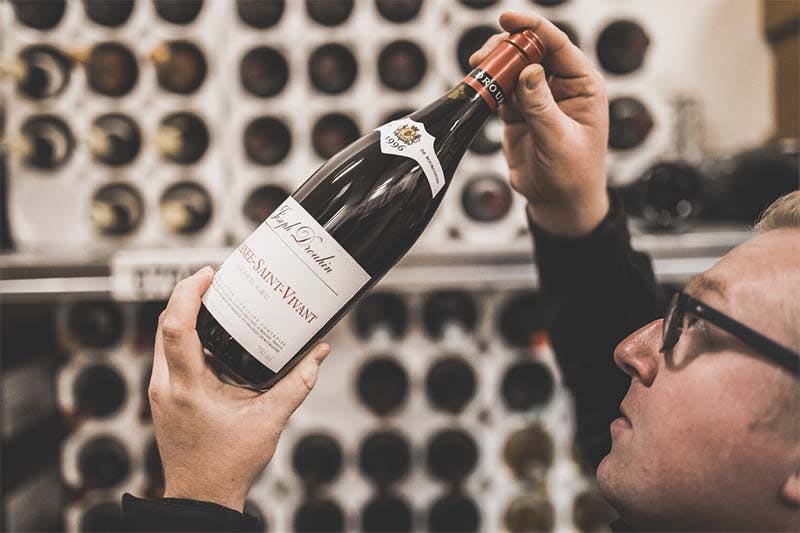
Burgundy, the birthplace of prestigious wines, is distinguished by a complex appellation system that reflects the diversity of its terroirs. Discover the different levels of appellations, from regional to grand cru, and delve into the fascinating world of Burgundy wines.
Regional Appellations
Regional appellations form the base of the Burgundy wine pyramid, offering an accessible introduction to the unique characteristics of this wine region.
Definition and Characteristics of Regional Appellations
Regional appellation wines can be produced across the entire Burgundy wine region. They represent about 52% of total production, or more than 230 million bottles per year. These wines bear names like Bourgogne, Bourgogne Aligoté, or Crémant de Bourgogne.
Key Regional Appellations of Burgundy
Among the most well-known regional appellations are Bourgogne Pinot Noir and Bourgogne Chardonnay. These wines often offer excellent value for money and provide an introduction to the typical characteristics of Burgundy grape varieties.
Economic Importance and Production of Regional Appellations
Regional appellations play a crucial role in Burgundy’s wine economy. They provide an accessible entry point for many consumers and contribute significantly to Burgundy wine’s global reputation.
Also read : "The Iconic Grape Varieties of Burgundy"
Village Appellations
Village appellations represent the heart of Burgundy’s wine production, expressing the specific characteristics of each terroir.
Definition and Specificity of Village Appellations
Village appellation wines are produced in smaller geographical areas than regional appellations. There are 44 village appellations in Burgundy, each with its own distinctive character. These wines make up around 37% of total production.
Renowned Villages of the Côte de Nuits
The Côte de Nuits is home to famous villages such as Gevrey-Chambertin, Vosne-Romanée, and Nuits-Saint-Georges. These appellations are renowned for their powerful and complex red wines, mainly produced from Pinot Noir.
Famous Villages of the Côte de Beaune
The Côte de Beaune is known for its exceptional white wines, with appellations such as Meursault, Puligny-Montrachet, and Chassagne-Montrachet. These wines, primarily made from Chardonnay, are appreciated for their finesse and aromatic complexity.
Premier Crus
Premier Crus represent a higher level of quality and specificity, originating from particularly well-situated plots within village appellations.
Definition and Classification Criteria for Premier Crus
Premier Cru wines carry the name of their village followed by the name of the specific “climat” (plot) they come from. There are 635 Premier Crus in Burgundy, representing about 10% of total production.
Geographic Distribution of Premier Crus in Burgundy
Premier Crus are mainly concentrated in the Côte d'Or, with famous examples like Meursault 1er Cru "Les Perrières" or Gevrey-Chambertin 1er Cru "Clos Saint-Jacques."
Impact of Premier Crus on Quality and Wine Prices
Premier Crus are generally considered high-quality wines, capable of aging for many years. Their prices reflect this superior quality, placing them between village and grand cru wines.
Grand Crus
At the top of Burgundy’s appellation hierarchy are the Grand Crus, representing the elite of Burgundy wines.
Definition and Prestige of Burgundy Grand Crus
Grand Crus come from the best parcels in Burgundy, benefiting from the most favorable exposures and ideal soils. They represent only about 1% of total production but are among the region’s most prestigious and sought-after wines.
List of Grand Cru Appellations in Burgundy
There are only 33 Grand Cru appellations in Burgundy, each bearing only the name of the climat, without mention of the village. Some of the most famous include Romanée-Conti, Montrachet, and Corton-Charlemagne.
Production and Rarity of Grand Crus
The production of Grand Crus is extremely limited, contributing to their rarity and high market value. For instance, the legendary Romanée-Conti produces only around 6,000 bottles per year from a vineyard of just 1.8 hectares.
Understanding this hierarchy of Burgundy appellations is essential to fully appreciate the diversity and richness of the region’s wines. Each appellation level offers a unique expression of Burgundy terroir, from the most accessible to the most prestigious.
To explore the fascinating diversity of Burgundy appellations, Rekolt.io offers a carefully curated selection of wines representing each appellation level. Whether you are a novice or a seasoned connoisseur, our platform allows you to discover the full range of Burgundy terroir expressions, from regional appellations to prestigious Grand Crus. Our experts are available to guide you in your choices and help you understand the subtleties of each appellation. Visit Rekolt.io today to begin your journey through Burgundy’s appellations and find the wine that perfectly matches your tastes and budget.
Share this article
